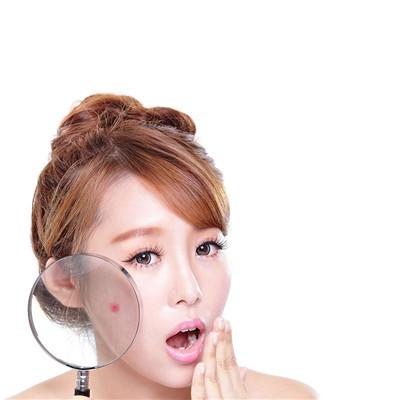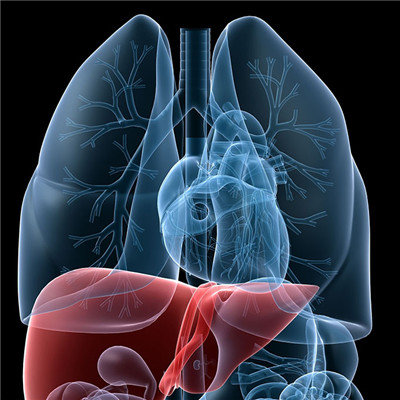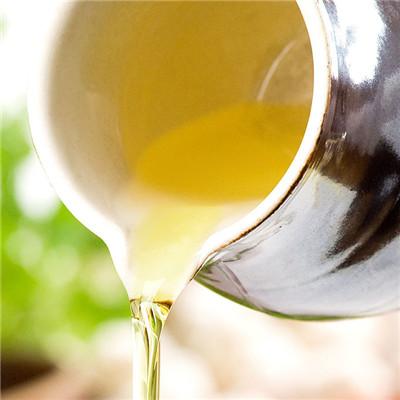Early symptoms of erysipelas
summary
Erysipelas is an acute inflammation of the skin and its lymphatic network. It mainly occurs in the lower limbs and face. The clinical manifestations of the disease were acute onset, local appearance of well-defined flake red rash, bright red color, and slightly uplift, pressure fading. The skin surface is intense and hot, spreading rapidly all around, with burning pain. With high fever, chills and headache. Early symptoms of erysipelas? Let's talk about it
Early symptoms of erysipelas
It usually appears on the face and limbs, sometimes starting from a broken skin. The lesions are bright, flush, edema, tenderness, and often have small blisters. The lymph nodes around the infected area were swollen and tender, especially in severe patients with fever and shivering. Before the onset of tinea pedis, nose, oral infection lesions and skin trauma history, skin lesions often have chills, fever, headache, nausea, vomiting and other systemic symptoms, sometimes convulsions occur in infants, the incubation period is generally 2-5 days.
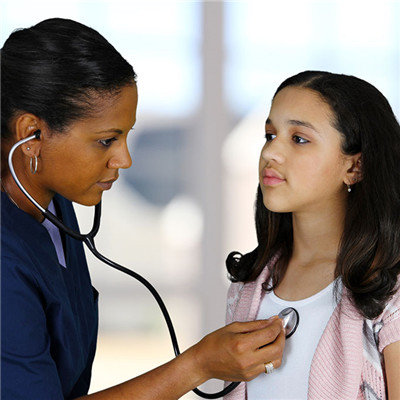
At the beginning, it was red, swollen and hard patches, and then quickly spread to the surrounding areas and became large scarlet macular lesions. The surface was tense, hot, shiny, slightly elevated, and the boundary was clear. Later, the skin lesions extended outward, the Central Red faded to brown yellow, with slight desquamation and obvious tenderness. When blisters or bullae containing serous or purulent secretions appeared in the skin lesions, it was called blister or bullous erysipelas, When the symptoms are very serious, gangrene can quickly occur in the affected part and become gangrenous erysipelas. If the lower extremity erysipelas attacks repeatedly, the lymphatic vessels can be blocked. The formation of elephantiasis.
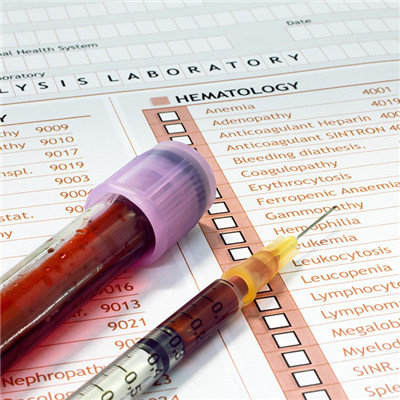
Because the inducement is not eliminated, or the pathogen is latent in the lymphatic vessels, it often relapses in the original site. The result is that the lymphatic vessels of the skin are damaged and blocked, and skin like swelling occurs, especially in the lower leg. If the eyelid, cheek and other parts of the swelling is caused by pseudoelephantiasis (also known as chronic streptococcal lymphedema).

matters needing attention
Taboo all hair, moisture food and wine, spicy, drink more water. The daily diet is mainly light, such as beef, mutton, seafood and other hot food and spicy food can not be eaten when the disease occurs. Strengthen personal protection and prevent injury. Rest more and don't get too tired. Overwork, energy consumption hurt the body's Qi and blood, the body's resistance decreased. We should combine work with rest, strengthen physical exercise and improve the body's disease resistance.



